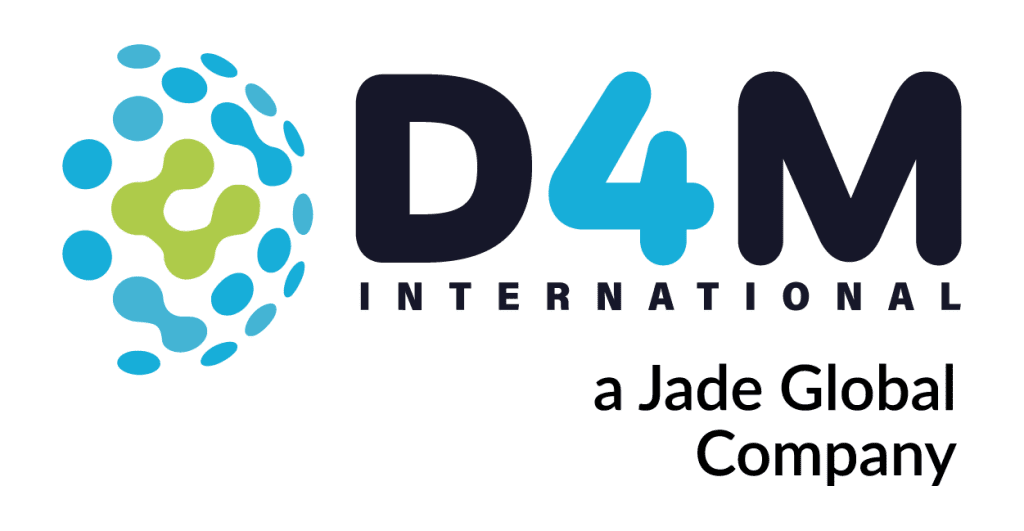Unlocking SAP’s Hidden Power: Transform Your Warehouse with WM
About the Interview
The differences between Warehouse Management (WM) and Extended Warehouse Management (EWM) within SAP ERP software can be nuanced and challenging to grasp. In this interview, D4M SAP Consultant Erick Sanchez breaks down SAP’s “top five” logistics modules and highlights how the WM module enhances control and visibility over warehouse resources.
Erick explains that the WM module offers detailed insights into key warehouse activities, such as goods receipt, put-away, replenishment, picking, shipping, and pallet decanting. While organizations without WM often rely on high-level stock tracking, WM enables granular visibility. For example, users can pinpoint specific materials by mapping warehouse structures—such as aisles and storage bins—within the SAP system. In addition to WM, Erick introduces four other logistics modules in SAP:
- Materials Management (MM): Manages procurement and inventory processes.
- Production Planning (PP): Oversees manufacturing processes and scheduling.
- Sales and Distribution (SD): Handles order processing and delivery logistics.
- Finance and Controlling (FiCo): Manages financial transactions and reporting.
He also highlights how WM integrates Radio Frequency (RF) technology, facilitating bin-to-bin transfers, partial pallet splitting, and task assignment (e.g., goods receipt) through customizable RF menus.
In conclusion, the WM module stands out as a robust solution for organizations seeking enhanced warehouse management. It not only complements SAP‘s broader logistics capabilities but also lays a solid foundation for improved operational accuracy, efficiency and productivity. Understanding these capabilities is key for organizations aiming to maximize their ERP investments and achieve a competitive edge in logistics management.






